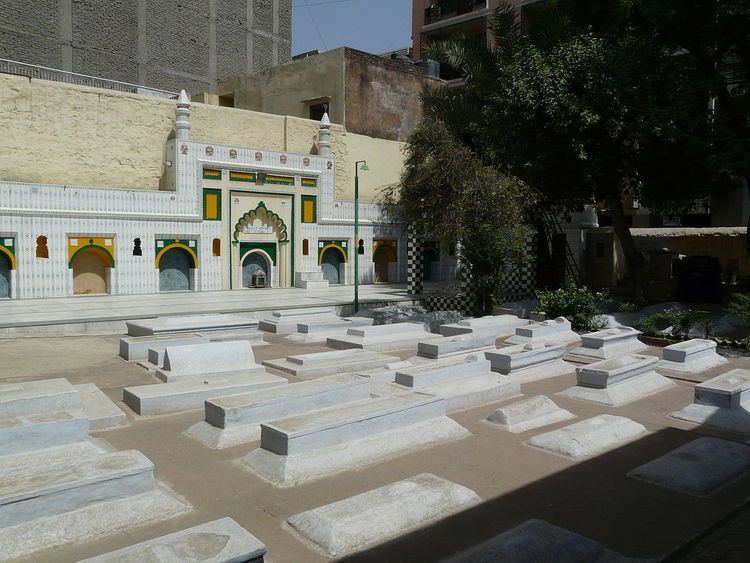Country , India | Province Delhi Year consecrated 15th century Territory Delhi | |
 | ||
Address Paani Tanki Road, Zero Street, Sana'a Similar Ashokan Edicts in Delhi, Chausath Khamba, Moth Ki Mosque, Chor Minar, Zafar Mahal | ||
Hijron Ka Khanqah (Hindi: हिजड़ों का ख़ानक़ाह, Urdu: ہجڑوں کا خانقاہ) is an Islamic monument located in Mehrauli, South Delhi, India. The literal meaning of Hijron ka Khanqah is a “Sufi spiritual retreat for eunuchs”. It is one of the many monuments located in the Mehrauli village within the Archeological Park. It is maintained well by the Hijras of Turkman Gate, in Shahjahanabad (present day Old Delhi) who are in possession of this 15th-century monument since the 20th century.
Contents
Hijron Ka Khanqah is a pre-Mughal, Lodi period, monument dated to the 15th century known for the serene atmosphere that exists at the monument where some eunuchs of Delhi were buried during the Lodi dynasty's reign. It is also said that Hijras of Turkman Gate who own this monument now visit the place on religious days to distribute food to the poor.
Khanqah is Persian word. It connotes a religious edifice where Muslims of Sufi religious order assemble to achieve spiritual peace and character building.
Hijras
Hijra, meaning a eunuch in English is a terminology widely used in North India. It connotes a transgender person. Hijras could be from Hindu and Muslim communities. In ancient Hindu epic Mahabharata literature Shikhandi was the name given to a eunuch. Mention of Hijras holding high positions in Egypt, China and Rome have been cited. Some examples quoted are of a eunuch introducing Cleopatra to Julius Caesar, a treasurer of Queen Candace of Ethiopia, Malik Kafur Hazardinari who was Allauddin Khilji’s treasurer, and of Aurangzeb engaging a eunuch to harass his father Shahjahan whom he had held in captivity. They are a well organized bisexual community, also considered a “religious cult”.
Their behavioral pattern, exhibited in feminine clothing, is typical of impotent men who have been emasculated. They are considered as belonging to a third gender. They are popular and known by the commonly used term ‘Hijra’ in North India, as their presence in marriage functions and at the birth of a child in a house are considered auspicious . Such a presence is also one of their source of livelihood. During family functions, they are even invited to dance, sing, clown, do typical drumming and bless the newly weds and the newborn. Though, no specifically enumerated census data is available of their numbers, a rough estimate puts this figure at about 50,000 in Mumbai and Delhi.
Structure
After entering the premises of the monument through a narrow gate, marble steps lead to a large patio where white colored tombs are seen. There is a small terrace adjoining the tombs. The tombs are enclosed on the west in the prayer direction by a wall mosque.
Of the many white painted tombs (seen in picture) of Hijras or eunuchs here, the main tomb held in reverence is stated to be of a hijra called Miyan Saheb.
Access
It is approached through a small gate from the narrow and winding main street of Mehrauli village. Entry to the tomb is restricted. Mehrauli village located in South Delhi is well connected by road, rail and air to all parts of the country. The nearest rail head is the New Delhi Railway Station, which is 18 kilometres (11 mi) away. The Delhi International Airport is 17 kilometres (11 mi) away. The monument is located in a narrow lane called 'Chatta Wali Gali' in ward no 6 of main Mehrauli road.
